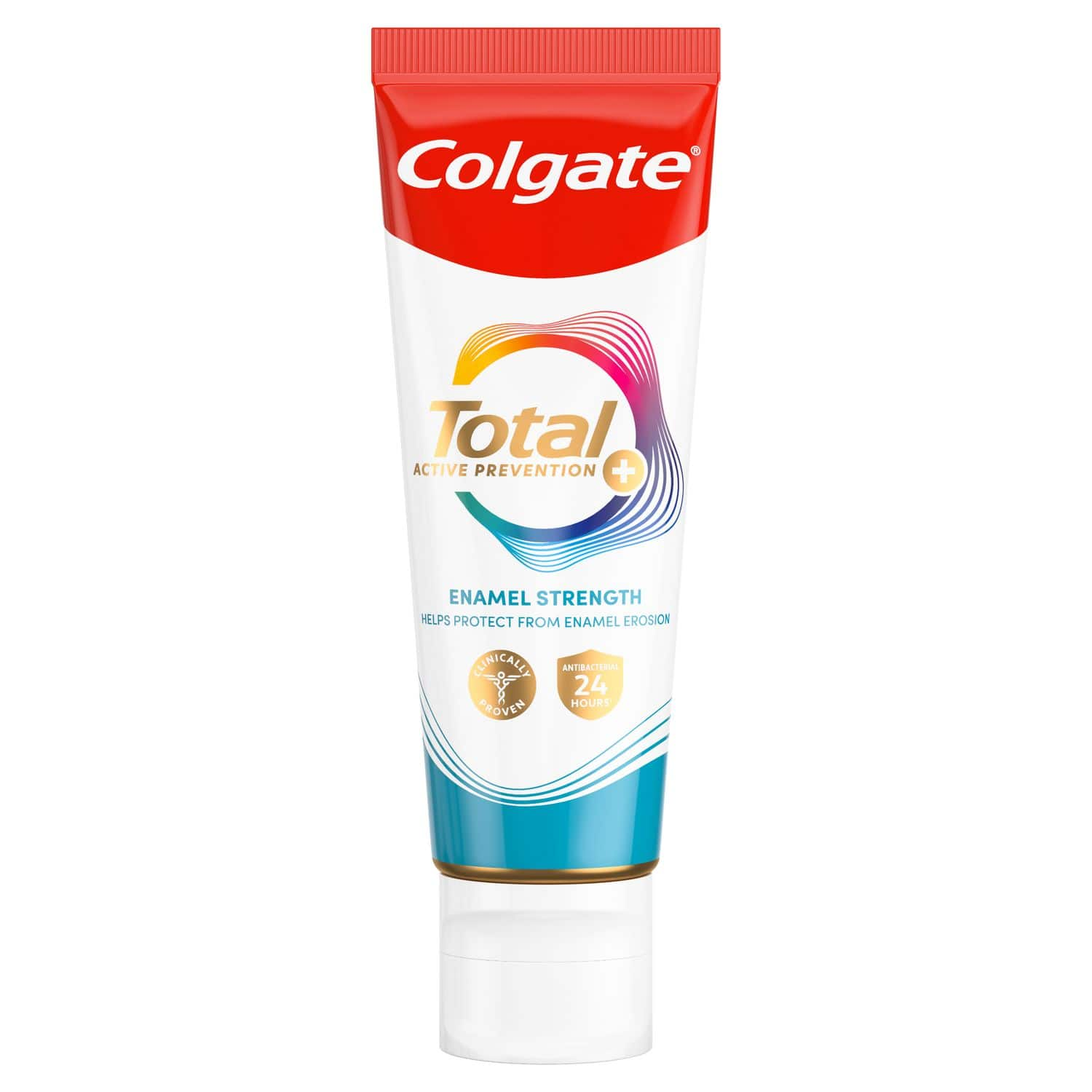The Dental Crown Procedure
Your oral care provider might recommend getting a dental crown for a few different reasons:
- Protecting a decayed or damaged tooth
- Covering a tooth mostly covered with a filling
- Securing a dental bridge
- Covering a discoloured or misshapen tooth
- Protecting a dental implant
- Covering a tooth that’s undergone a root canal
The dental crown procedure typically happens over the course of two appointments. You might be wondering: does a dental crown hurt? While you may experience some sensitivity, your dentist will likely give you an anaesthetic, just like they would with a filling.
Your first appointment: Your oral care provider will examine the tooth and prepare it for a crown. They’ll also take X-rays of the tooth and surrounding bone and file down the tooth. The amount of filing will depend on the type of crown you’re receiving—for instance, metal crowns do not need as much tooth removed as porcelain crowns. In some cases, you might need a root canal if there is a risk of infection, tooth decay, or injury to the tooth’s nerves or blood vessels (also known as pulp).
Once the tooth is filed down and ready, your oral care provider will make an impression of the tooth that’s receiving the crown using paste. They will also take an impression of the teeth above the crown, so the crown can fit correctly with your bite. At this point, the impression is sent to a lab to create the crown, which takes about two to three weeks. Your dentist will give you a temporary crown to wear to protect your teeth between your first and second visit.
Your second appointment: Now it’s time to get your crown placed. Your oral care provider will remove your temporary crown, check the colour, shape, and fit of your new crown, and permanently cement it in place. They might use a numbing agent to ensure you’re as comfortable as possible.
Same-Day Crowns
Some dental practices might offer a same-day dental crown placement through computer-aided design (CAD). In this case, instead of taking X-rays, sending them to a lab, and waiting a few weeks, a scanning device takes images of your tooth, and the software uses these images to make a 3D model of your tooth. The software then sends the model to a machine that carves the crown out of ceramic in about 15 minutes. Once it’s ready, your oral care provider can cement it.
The Recovery Process
The recovery process should be relatively short, as you’re mostly dealing with any irritation or inflammation resulting from the procedure. Your oral care provider should provide you with after-care tips. The tooth might feel different after the procedure, as it might have a slightly different shape than your original tooth. But don’t worry—this is normal, and your crowned tooth should be feeling normal after a few days. If your bite does not feel comfortable after a few days or you feel that you’re having dental crown procedure pain, reach out to your oral care provider so that they can examine it and make any adjustments.
How To Prepare for a Crown
The best thing you can do in preparation for your appointment is to practise excellent oral care and come equipped with any questions you might have for your dentist.
Another point to be aware of is the type of crown you’re getting, which could be any of the following:
- Porcelain bonded to metal: Porcelain is applied in layers on top of a precious metal base. This is the most common type of crown material.
- Porcelain: These 100% porcelain crowns look natural and are typically used for front teeth, though they’re not as strong as bonded crowns.
- Ceramic: This metal-free version provides a bonded crown’s strength and a porcelain crown’s natural look, making it suitable for any area of the mouth.
- Glass: these natural-looking crowns can be placed anywhere.
- Gold-alloy: Silver or gold in colour, these strong crowns are combinations of gold and other metal alloys to allow for longer wear.
Caring For Your Crown
Once your crown is placed and feels comfortable in your mouth, the best care method is to maintain great oral care and treat your crown the way you would treat any tooth—after all, the tooth beneath the crown (including the root) still needs protection from gum disease and decay. Brush twice daily with a soft-bristle toothbrush and fluoride toothpaste, and clean between your teeth daily with floss or another interdental device, making sure to reach the area between your crown and surrounding teeth. Crowns, however, are still susceptible to cracking and wear and tear. Avoid biting hard surfaces to prevent cracking, especially with porcelain crowns.
No matter what type of crown you get, be sure to talk to your oral care provider about the process, recovery, and care. A dental crown is a standard and safe procedure that can protect your teeth for years and will restore your smile to its natural and healthy lustre.
This article is intended to promote understanding of and knowledge about general oral health topics. It is not intended to be a substitute for professional advice, diagnosis or treatment. Always seek the advice of your dentist or other qualified healthcare provider with any questions you may have regarding a medical condition or treatment.
ORAL HEALTH QUIZ
What's behind your smile?
Take our Oral Health assessment to get the most from your oral care routine
ORAL HEALTH QUIZ
What's behind your smile?
Take our Oral Health assessment to get the most from your oral care routine













